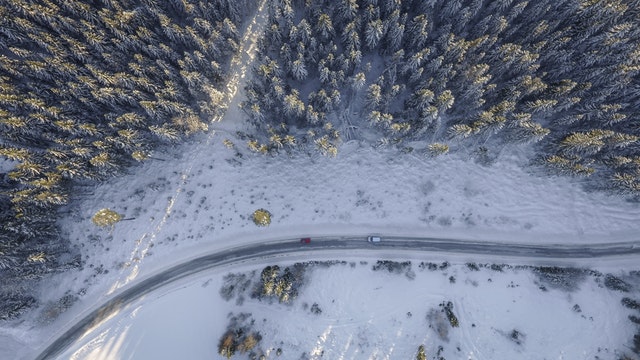
During the winter months, the cold air can create challenges and lead to pain. Older adults are more at risk for injury and complications. When temperatures drop below freezing, snow and ice can be fatal by increasing the risk of falls, hypothermia and frostbite. Winter is an important time to assess safety for seniors.
Falls
Falls are the leading cause of death from injury in people 65 and over. 1 out of every 200 falls results in a hip fracture. The typical hospital stay is twice as long for a fall rather than if a senior was admitted for another reason. The amount of falls increase during winter due to slippery surfaces. While many seniors avoid going outdoors when there is ice on the ground, they still need to get the paper and take out the trash. Nonslip boots and using salt on your walkways will decrease the risk of falling. If you use a cane, make sure the rubber tip is still in good condition.
Hypothermia
The elderly are also more susceptible to hypothermia when the temperatures drop. Hypothermia occurs when you lose heat faster than you can produce it. This lowers your core body temperature to a dangerous level, and is classified as a medical emergency. The CDC estimates over half of hypothermia-related deaths were people over 65. Hypothermia can even occur indoors, if your house is too cold. Experts suggest keeping your thermostat at at least 68 degrees. Be sure to dress in multiple layers of loose clothing and wear a hat and mittens when venturing outside.
Some of the warning signs of hypothermia are:
- Shivering
- Shallow Breathing
- Drowsiness or feeling weak
- Slurred Speech
- Confusion
- Low heart Rate
- Pale Skin
Frostbite
Frostbite is when specific body parts freeze due to lack of blood flow. Areas most commonly affected are fingers, toes, nose, and ears. Frostbite can cause permanent damage and even lead to amputation if left untreated. Older adults with poor blood circulation are in even more danger of frostbite when out in cold weather. Oftentimes it is hard for a person to tell when a part of their body is frostbitten because the skin goes numb. Once detected, it is important warm the area slowly, and restrict use of the frostbitten area. Do not walk on frostbitten feet or toes, and do not rub or massage a frostbitten body part. This can cause further damage.
When considering safety for seniors, some signs of frostbite are:
- numbness
- white or grayish skin
- skin that feels waxy or firm
Stay Warm and Safe This Winter!
Click Here for Affordable Health Insurance Quotes
Or call us directly at 1-888-446-9157

